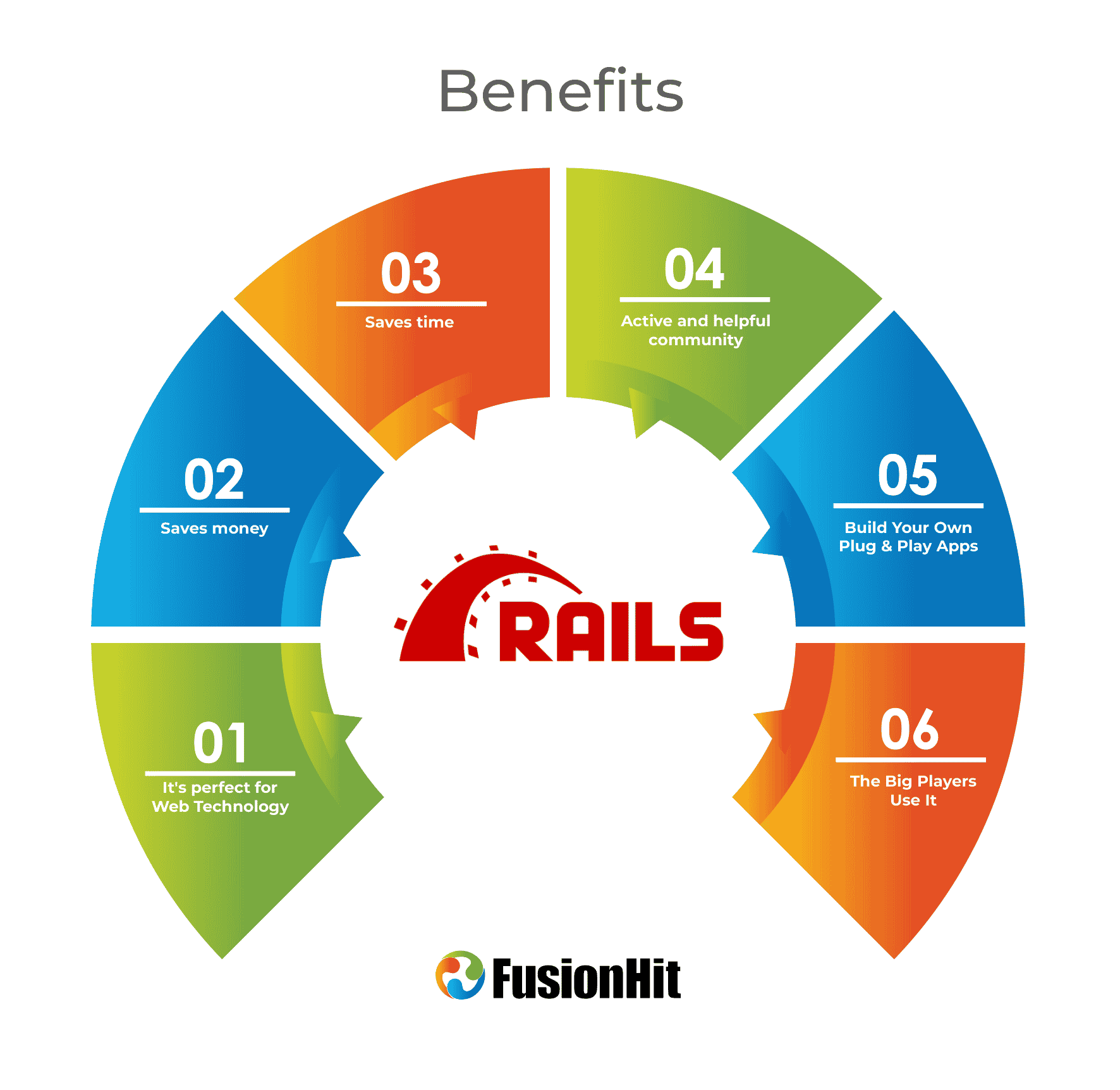20Shift: Your Daily Dose of Insight
Stay updated with the latest trends and news across various domains.
Rails in the Fast Lane: Why You Should Hop on Board
Discover why Rails is the future of web development and how it can turbocharge your projects! Don’t miss out—hop on board today!
The Benefits of Using Rails for Rapid Application Development
Ruby on Rails is a powerful web application framework that enables developers to build applications quickly and efficiently. One of the key benefits of using Rails for Rapid Application Development (RAD) is its convention over configuration principle, which reduces the number of decisions developers need to make. This simplifies the development process and accelerates project timelines. Moreover, the built-in libraries and tooling such as RubyGems provide developers with a rich ecosystem of pre-built components to choose from, allowing for easy integration and additional functionality without reinventing the wheel.
Another significant advantage of using Rails is its focus on Agile development, which encourages iterative progress through collaboration and feedback. This methodology not only enhances communication among team members but also allows for rapid prototyping and testing. With tools like RSpec for testing and Webpack for asset management, developers can ensure that their applications are both robust and maintainable. The combination of these features makes Rails an excellent choice for startups and businesses looking to quickly launch their products while maintaining high-quality standards.

How Rails Optimizes Web Development: Key Features Explained
Ruby on Rails, often simply referred to as Rails, streamlines web development through its convention over configuration principle. This means developers can avoid repetitive configuration tasks and instead focus on writing code that adds real value to their applications. Key features like Active Record for database management and Action Pack for handling requests make it easier to build robust applications quickly. Additionally, the Rails community offers a plethora of resources that help developers learn best practices efficiently, enhancing productivity significantly.
Another vital feature of Rails is its emphasis on DRY (Don't Repeat Yourself) principles, which encourages code reusability and maintainability. The framework's modular approach allows developers to use gems—libraries that extend the functionality of their applications—thus accelerating development. Moreover, built-in testing frameworks like RSpec ensure that applications are well-tested and reliable before deployment. For a deep dive into these features, check out RubyGuides to gain insights on how Rails optimizes the web development process.
Is Rails the Right Framework for Your Next Project?
Choosing the right framework for your next project is crucial, and Ruby on Rails has emerged as a popular choice for many developers. Known for its convention over configuration approach, Rails simplifies the development process and allows for rapid prototyping. One of its most significant advantages is the robust ecosystem of gems that extend functionality without having to reinvent the wheel. Additionally, Rails promotes clean, readable code, which can enhance collaboration among team members. For an in-depth analysis, check out Ruby on Rails Official Site.
However, it's essential to consider whether Rails aligns with your project requirements. If your project demands high concurrency and performance, other frameworks like Node.js may be more suitable. Moreover, while Rails is excellent for startups and MVPs, scaling an application requires careful planning to avoid performance bottlenecks. A solid understanding of its advantages and limitations will aid in making an informed choice. To learn more about the pros and cons of Rails, refer to Toptal's comprehensive guide.